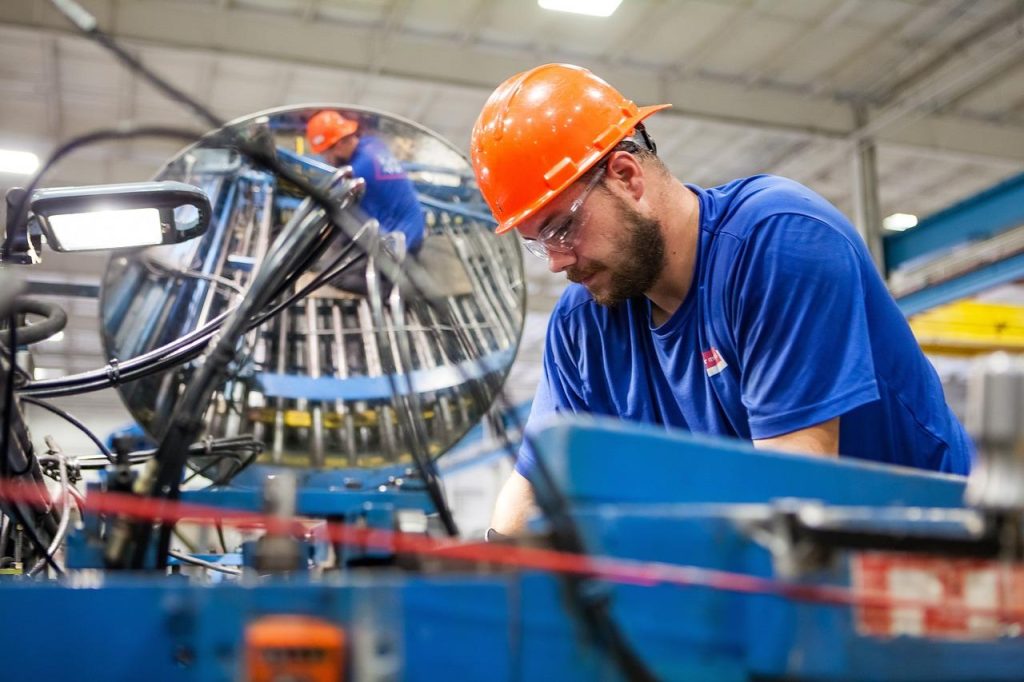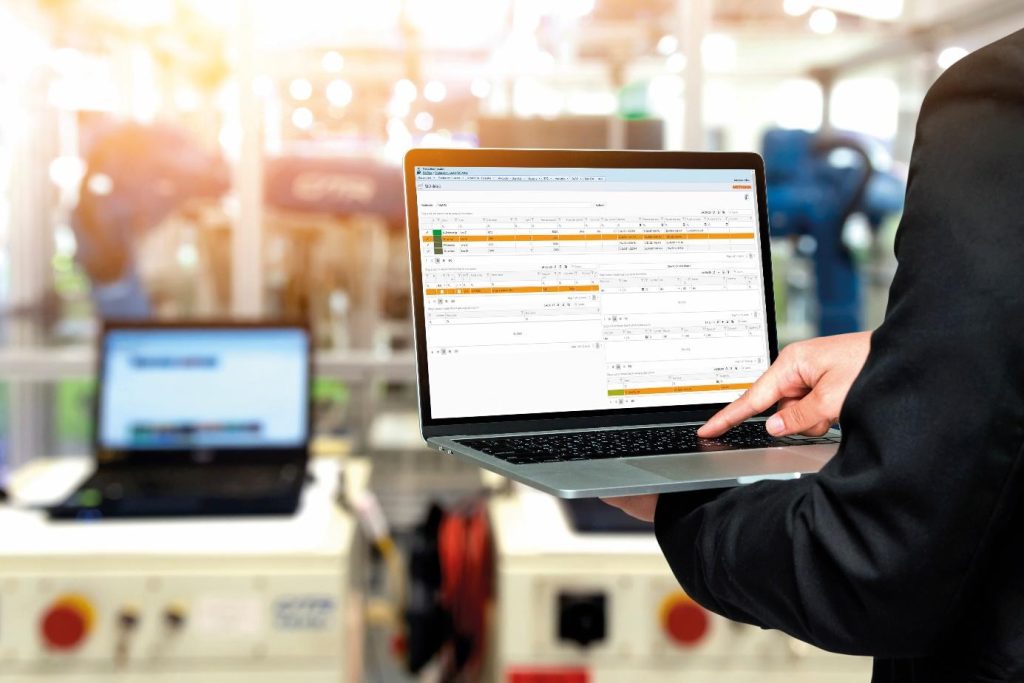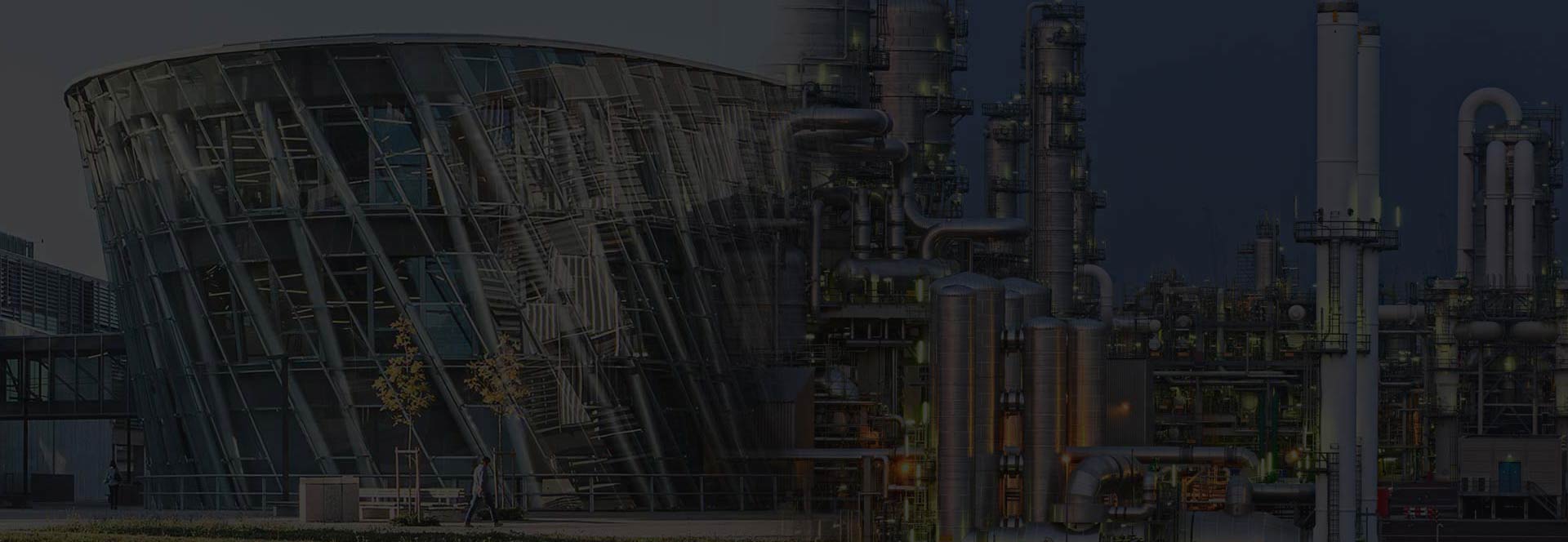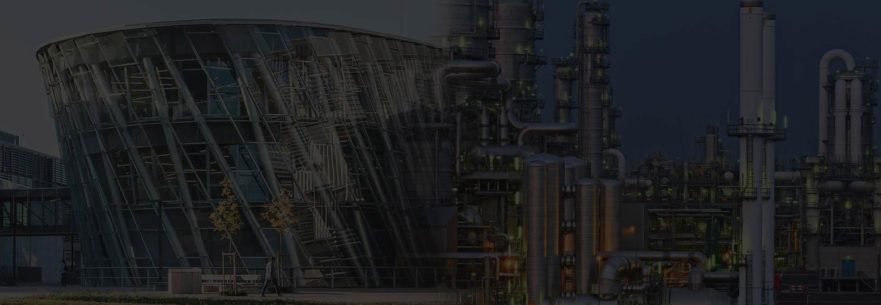In the highly competitive modern economy, industrial plants are under constant pressure to avoid unexpected production stoppages that affect their productivity, profitability and customer relationships. Research shows that these interruptions result in annual productivity decreases of 5% to 20% and revenue losses of 3% to 8% for manufacturing companies.
Preventing unexpected production failures is therefore an area that requires dedicated attention through preventive and, where necessary, corrective measures.

What are the main causes of unplanned production outages?
Manufacturing is a complex interplay of equipment, personnel, raw materials and components used in the products, and thus the causes of downtime can vary.
Equipment failure. The most common cause is equipment breakdowns. Typically, manufacturing plants focus on the central and more expensive parts of machinery, often neglecting the failure of smaller items such as pipes, valves, rotating parts and similar components. Unfortunately, these smaller failures occur more frequently and can still result in significant losses.
Equipment malfunction. Production stoppages are not always caused by failures. Often, equipment is working but not properly, causing noise, strong vibrations, incorrect temperature fluctuations, etc. Such deviations indicate the possibility of a major malfunction, necessitating production halts to correct them.
Human factors. Production workers can make errors in machine settings or raw material mixes, overlook warning signs of malfunctioning equipment and much more. Many industries face shortages of production and maintenance staff. A significant part of this challenge arises from the retirement of experienced employees, who cannot be adequately or quickly replaced by younger staff.
Supply chain issues. Shortages of raw materials and critical components are also a fairly common cause of unexpected production shortfalls. In many companies, inventories have been eliminated in order to optimize financials, so any discrepancies in supply can lead to a standstill. In addition to general supply chain issues, there are also specific shortages of certain raw materials or components, such as chips, that arise for political, environmental or other reasons.

What are the consequences of unplanned production outages?
The consequences of outages are primarily financial but not limited to that.
Financial impacts. Even during production downtime, expenses continue to accumulate as companies must cover employee salaries, fixed costs, repair expenses and disposal costs for products that do not meet quality standards.
Customer relations. Production disruptions can lead to missed deadlines, affecting the reputation and trust of customers, who may switch to competitors. This is particularly sensitive in high-volume production, where even short interruptions can be problematic.
Impacts on employees. Frequent and unexpected outages also increase employee stress, leading to more frequent safety issues and workplace injuries during shutdowns and restarts.

How do we effectively reduce production outages?
While unexpected production outages cannot be completely avoided, their frequency and negative consequences can be significantly reduced with the help of advanced technological solutions.
The first prerequisite for improvements is the capture and central storage of quality data from machines. This can be achieved using Industrial Internet of Things (IIoT) devices and a process historian. The data generated provides real-time insight into processes and their history, which is transformed into actionable information through advanced analytical tools.
Systematic root cause analysis and elimination. Understanding the causes of outages is the key to preventing them. Key performance indicators and other valuable information assist plant managers in planning and implementing corrective and preventive measures.
Predictive maintenance. Predictive maintenance uses IIoT sensors and devices to continuously monitor the operation of production equipment in real time. By using artificial intelligence (AI) and machine learning (ML) analytics, a large amount of production data can be rapidly analyzed to identify malfunctions before a significant disruption occurs.
Early warnings also enable maintenance personnel to prepare, combine several interventions if necessary and carry out repairs at the optimal time. With useful information, engineers can better plan maintenance schedules to minimize damage to productivity.
This results in fewer disruptions, shorter production stoppages and lower adverse financial impacts. Experience shows that this can boost the overall equipment effectiveness (OEE) to over 90%, which is why experts call the predictive approach the “gold standard” of maintenance.
Predictive stabilization and process optimization. Through the use of modern software tools that include AI and ML, various activities can be automated to expedite processes, reduce the risk of human errors and increase safety. Typical examples are predictive simulations to prevent process issues before they occur, automated configuration and calibration of production equipment, and management of production recipes.
Using IIoT, process data and artificial intelligence, a virtual model (known as a digital twin) can be created, which synchronizes with the actual production status in real time. This provides engineers with transparency into production equipment to prevent downtime, enables remote incident analysis without the need to halt the entire process, and allows for some repairs directly through the digital twin.

How can Metronik help you minimize downtime?
At Metronik, we have been specializing in industrial automation and digitalization for more than 30 years. Recently, we have also been intensively incorporating artificial intelligence and machine learning algorithms into our solutions.
We help our customers to reduce the frequency and cost of production downtime in a variety of ways.
Our advanced software solution, MePIS OPEX, is designed to analyze downtime data with a number of KPIs to identify and address the causes.
The MePIS MES production management system includes a maintenance planning module, which also incorporates predictive approaches.
We also produce digital twins to monitor processes and the operation of production equipment in a virtual environment.
Although unexpected stoppages are a constant feature of production, their causes are quite clear: production equipment breakdowns, human factors and a lack of information to prevent downtime.
However, with the development of technology, more advanced solutions our now available. These solutions allow us to largely avoid such downtime, maintain high productivity and meet our customers’ expectations.
For more information regarding solutions to reduce production downtime, you can contact Vanja Tomažič at vanja.tomazic@metronik.si.




